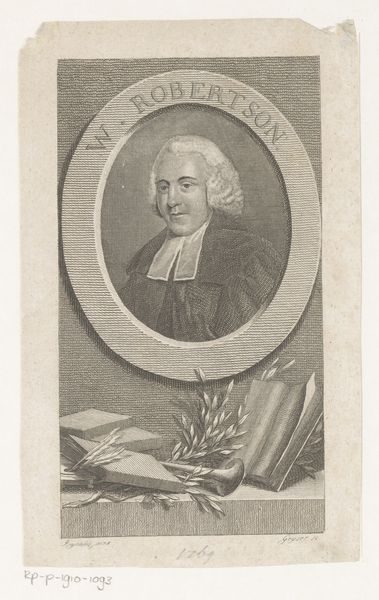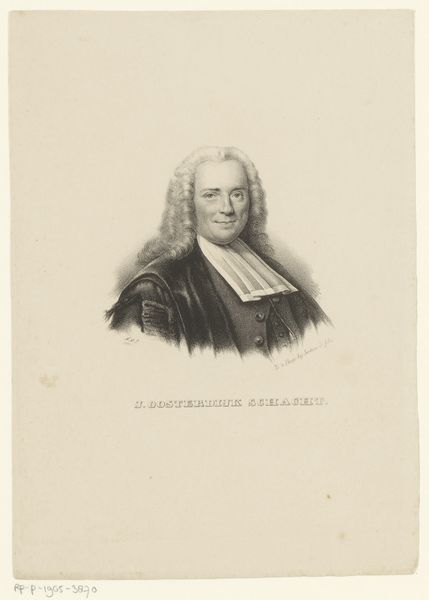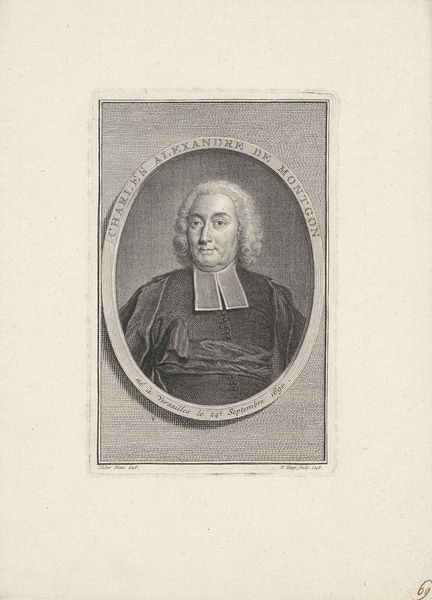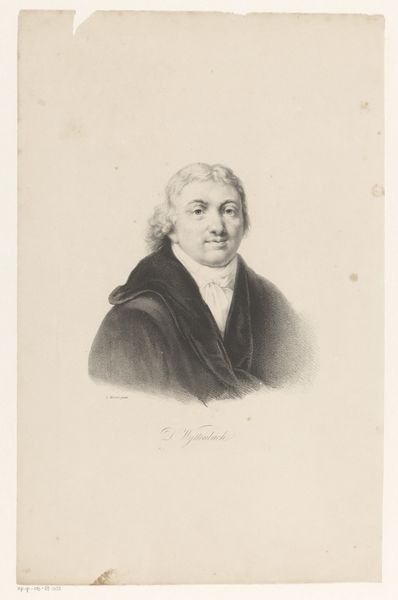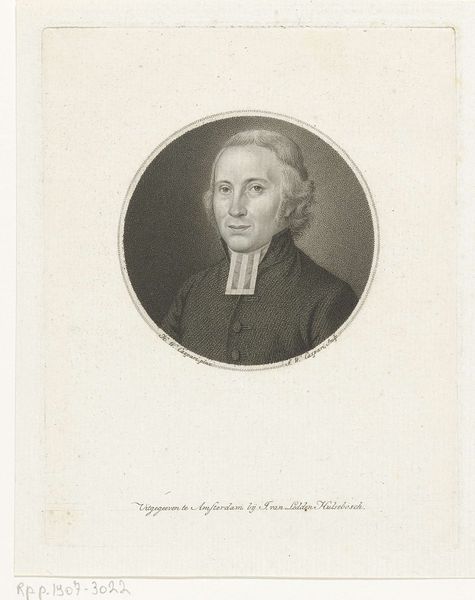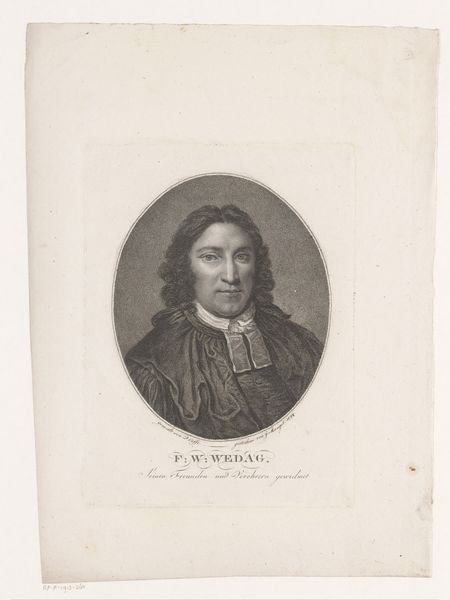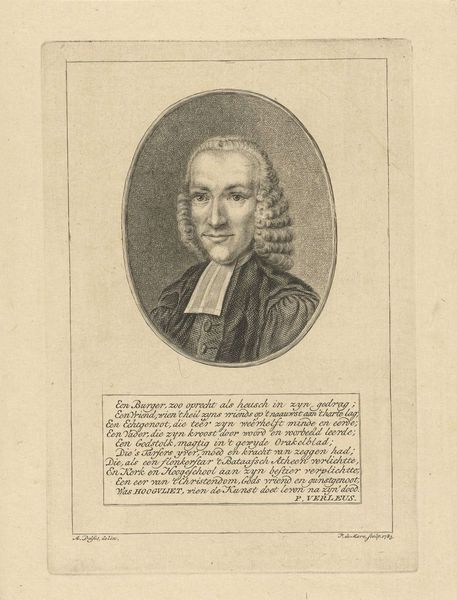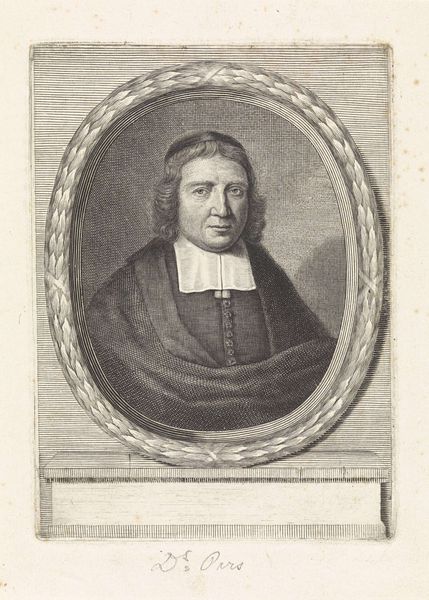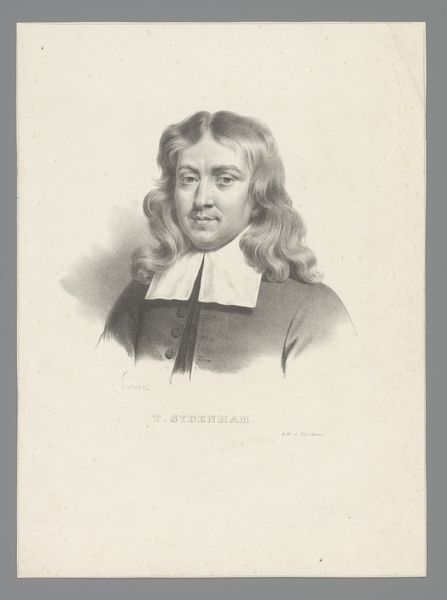
print, engraving
#
portrait
# print
#
old engraving style
#
portrait reference
#
pencil drawing
#
line
#
history-painting
#
engraving
#
realism
Dimensions: height 239 mm, width 148 mm
Copyright: Rijks Museum: Open Domain
This print of Bon Henri was made by Amédée Félix Barthélemy Geille, using a technique called etching. This means the artist covered a metal plate with a waxy, acid-resistant substance, then scratched an image into it. The plate was then bathed in acid, which bit into the exposed lines. The beauty of etching lies in the subtlety and detail of the lines that can be achieved, capturing the texture of Henri’s hair, the fall of the fabric of his gown, and the very expression on his face. This was a key method of image reproduction in the 19th century, allowing portraits to be widely circulated. Looking closely, we can appreciate the skilled labor involved in creating this image, a tangible link to the era in which it was made. It reminds us that all images are fabricated, and prompts us to value the technical skill involved in its creation.
Comments
No comments
Be the first to comment and join the conversation on the ultimate creative platform.

